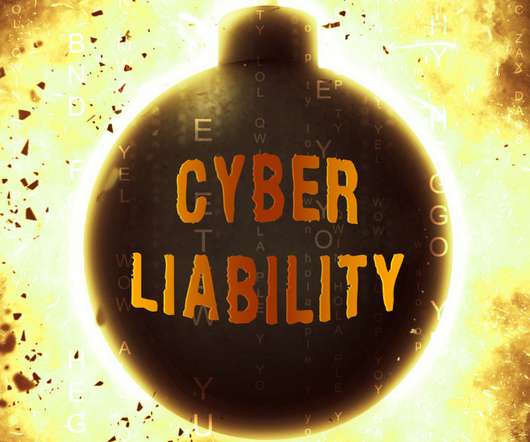Cybersecurity threats: what awaits us in 2023?
SecureList
NOVEMBER 9, 2022
Most probably more attacks on the education and healthcare sectors will occur plus targeted campaigns against industry leaders – especially those that hold critical information: sensitive data, top expertise, and latest technologies. Yet, in addition to cyber insurance, companies will need a designated DR or RR (Rolling Recovery) plan.











Let's personalize your content